Check out this thoughtful piece from the Cato Institute, The Inflation Reduction Act Could Turn Electricity Markets into Subsidy Clearinghouses.
“There’s been this move afoot in which markets have become something closer to a mechanism by which to harvest … subsidies, rather than what they were intended to do, which is ensure least cost dispatch of available resources and to incentivize new investment.”
For the most part, RTOs have embraced the goal of economic efficiency for the past 23 years (since Order No. 2000). However, some RTOs have begun to include the “clean‐energy transition” and “environmentally sustainable power system” in their mission statements. Advocates of economic efficiency should be concerned that the IRA will push RTOs further into a new era in which the goal of economic efficiency is secondary to environmental goals or ignored entirely.
Renewable energy subsidies create negative pricing in electric markets, where the generator is paid less than it costs to produce the electricity. But contrary to ordinary logic, these generators seemingly operating at a loss continue to thrive. Why? Subsidies. Often the subsidies are greater than the price of power in the market, allowing a generator to sell its electricity for less than it cost to produce and still make a profit.
The value of the PTC today is $27.50 per megawatt‐hour. In the price contour map above, several of the indicated hubs were trading below that amount (in the range of $25–26 per megawatt‐hour). Again, in most other industries, a federal subsidy larger than the price of the commodity would be unimaginable—people familiar with the industry would sound alarms about the distorting effects of large subsidies. People would be justified in losing their temper, for example, if Congress implemented a new federal subsidy of $70–90 per barrel of crude oil produced in the United States (the going rate over the last year or so). With subsidies larger than the commodity price, will RTOs trade as much (or more) in federal subsidies as they do in electricity?
Coal and natural gas are dispatchable generation resources that presently provide 60 percent of our electricity. They are also essential if grid operators are to maintain reliability. Subsidies for intermittent generation will lead to the retirement or bankruptcy of dispatchable resources, which will not only create challenges in maintaining grid reliability but will open the door for subsidies for dispatchable resources (whether or not they are truly needed for reliability). Such a subsidy spiral could be endless and could pit federal subsidies in the IRA against state subsidies for preferred resources, all paid for by American taxpayers or electricity customers one way or another.
Counting the many reasons to repeal the energy subsidies in the Inflation Reduction Act (IRA) has become my favorite activity.
First of all, I have to state that our grid is not failing, or "creaking", as the propagandists perpetuate. We have numerous reliability organizations working continuously to ensure our grid is reliable. It's nowhere near as fragile as the misinformation tries to lead you to believe. It's the world's largest machine, there when you need it nearly 100% of the time. The propagandists are simply attacking the grid's reliability because they want YOU to think it's about to fail so you won't mind paying an outrageous electric bill for new transmission solely for the purpose of connecting new wind and solar generators in out of the way places. Current rules require the new generator to pay for the cost of transmission to connect with the existing system. The propagandists want to shift that to electric consumers so it doesn't eat up any of the generator's subsidies. In fact, the propagandists are even subsidizing transmission now, as last week's give-away proves.
Our utility system is based on "beneficiary pays". That means that we all pay our own way in our utility bills. We pay to build and maintain the system from which we receive service. Everyone pays for the system they use. This ensures rates for service are just and reasonable and that we are not forced to pay for a system that benefits others and not us. This is how we pay for electric transmission in this country. Transmission is not paid for by taxes, as some folks wrongly believe. It is paid for by ratepayers... the customers who use the system. If you don't use the system, you don't pay for it, even though you still pay taxes for other governmental services you may or may not use. For example, I pay for the electric system that brings power to my house here in West Virginia. I do not pay for the electric system that brings power to Gavin Newsome's house in California because I receive no benefit from it.
But think a bit about the DOE's giveaway last week. It's billions of taxpayer dollars being doled out to certain lucky communities to expand and improve the electric system that serves them. Now I am paying not just for my own system, but the 58 systems in 44 states that I don't use. And what about those people in those lucky systems? They are getting a free lunch courtesy of our tax dollars. There's a reason their electric systems did not make these improvements and expansions that will now be paid for by federal largesse! If these improvements were needed and cost effective, the local electric system would make them and add the costs to the beneficiary bills. However they did not, possibly because the economics of the improvements did not pencil out. Perhaps they cost more to build than they would provide in benefits. But, hey, no worries, the local systems can afford them now because they have been subsidized by taxpayers all over the nation who will never draw any benefits from the improvements!
We've got a huge problem in Washington, D.C. We have a bunch of clueless elected officials being directed by a bunch of clueless lobbyists who don't have the foggiest idea how electricity markets or utility ratemaking operates. Congress has run amuck. It no longer listens to the geeks and nerds who run and regulate the utility system, it only listens to the lobbyist named Johnny Subsidyseed, who is dumber than a box of rocks. As a result, our existing utility system is slowly being eroded. There's your real "creaky" problem. It's not the grid, it's Johnny Subsidyseed working for greedy corporations who don't care if they destroy the system as long as they can fill their pockets.
We've got to get Johnny Subsidyseed out of Washington before the lights go out!
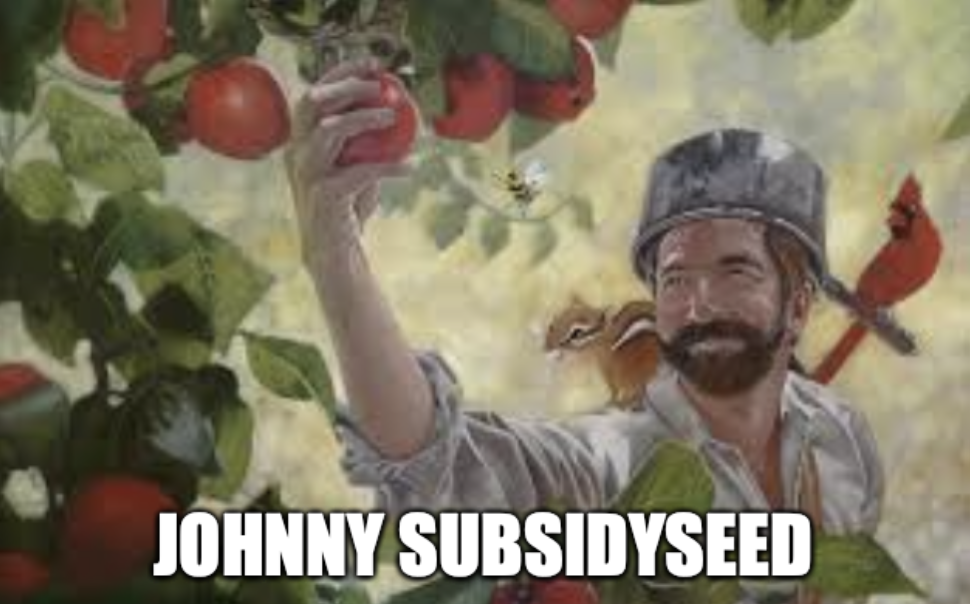
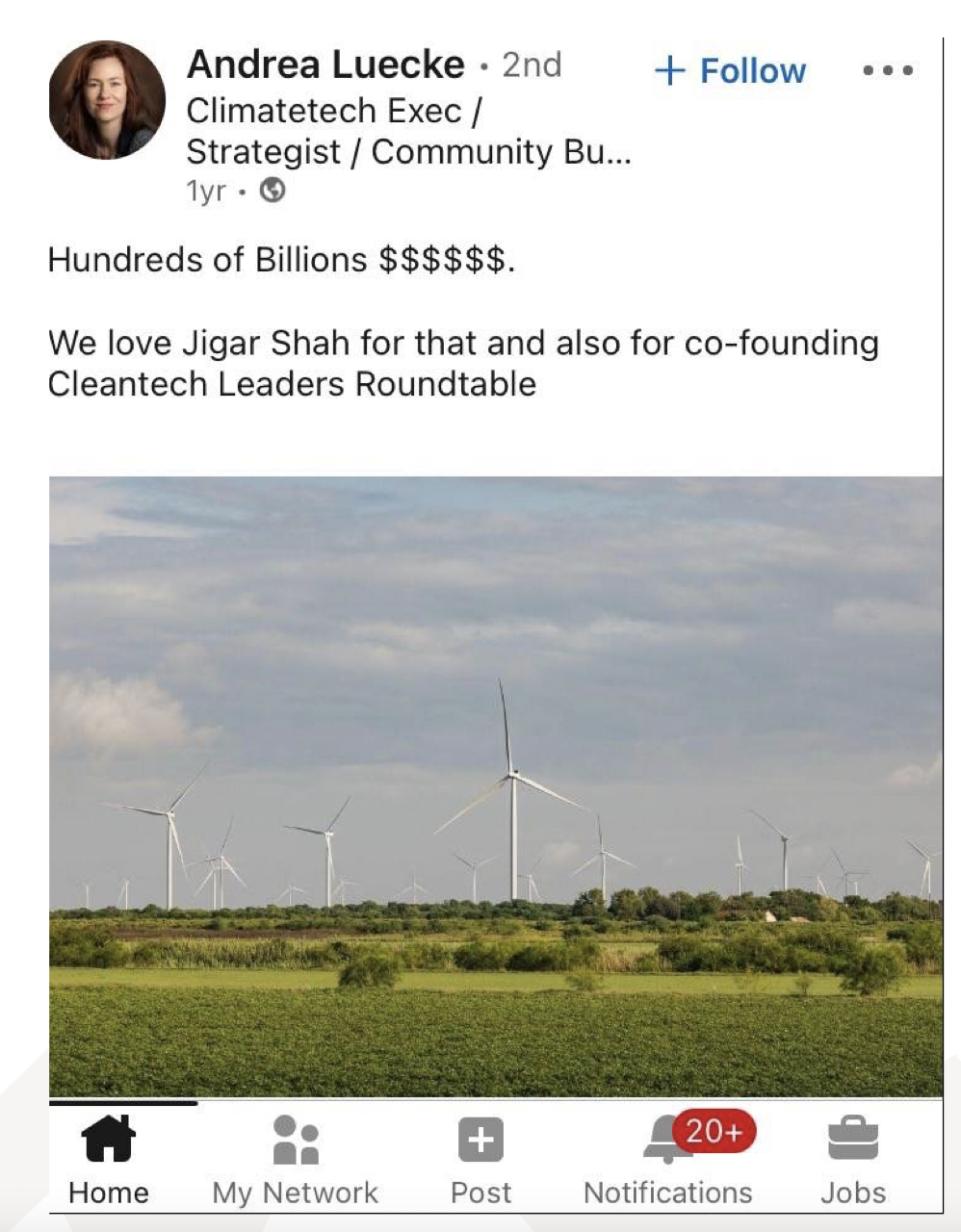
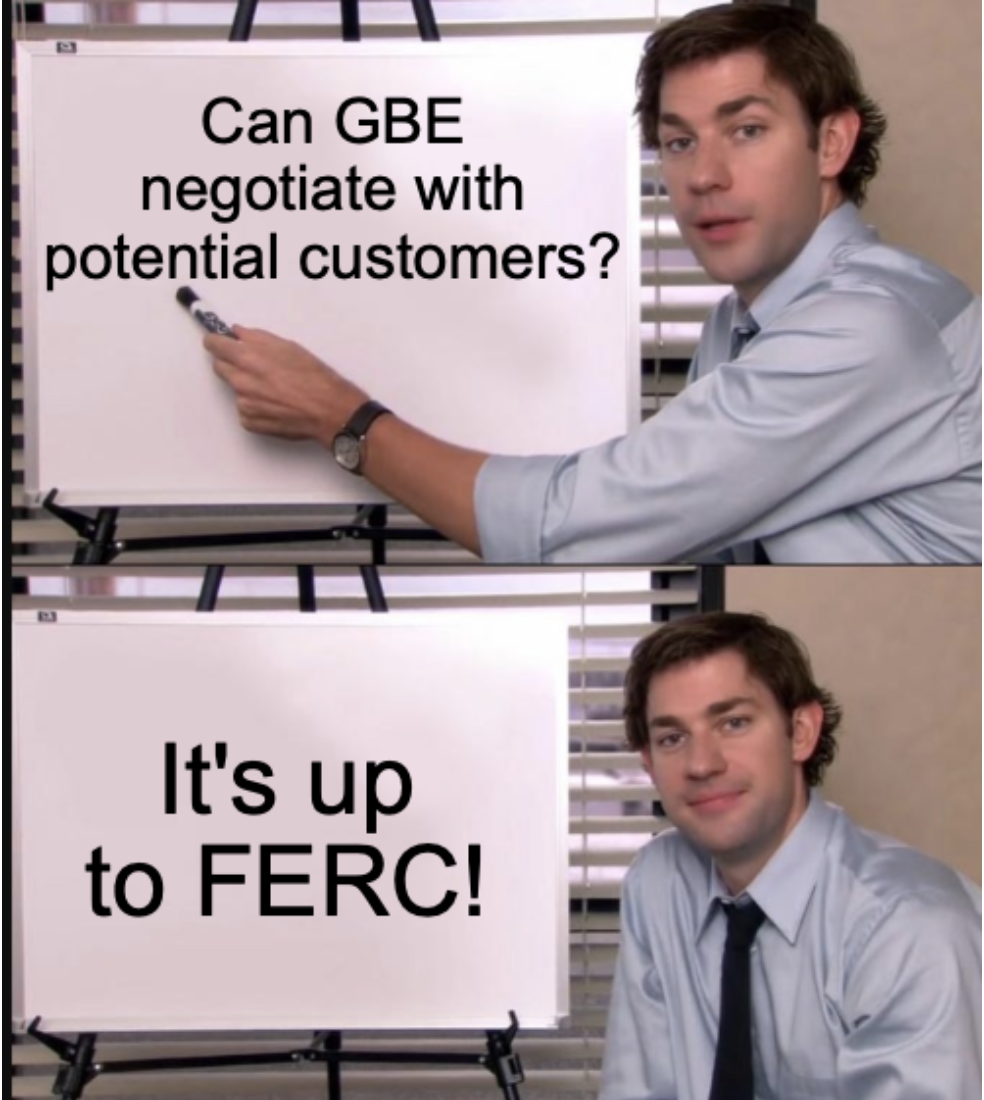

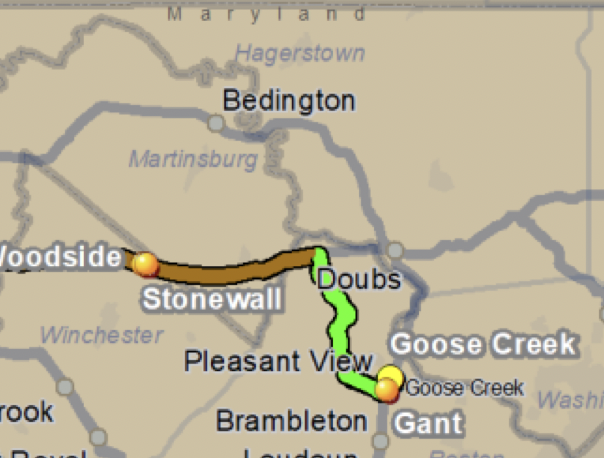
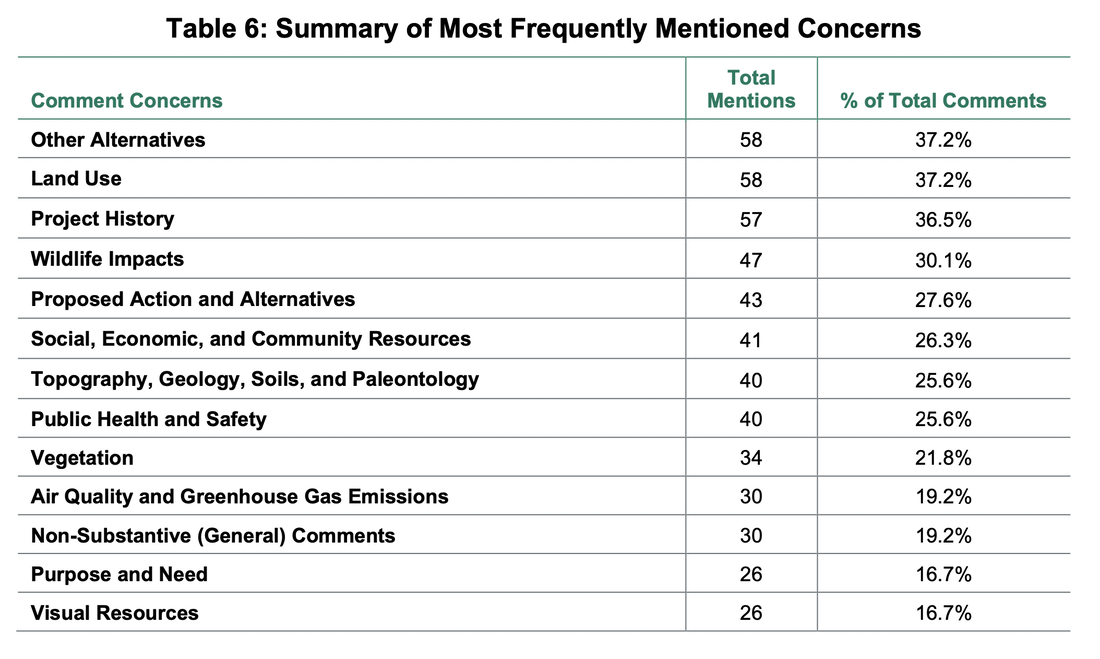
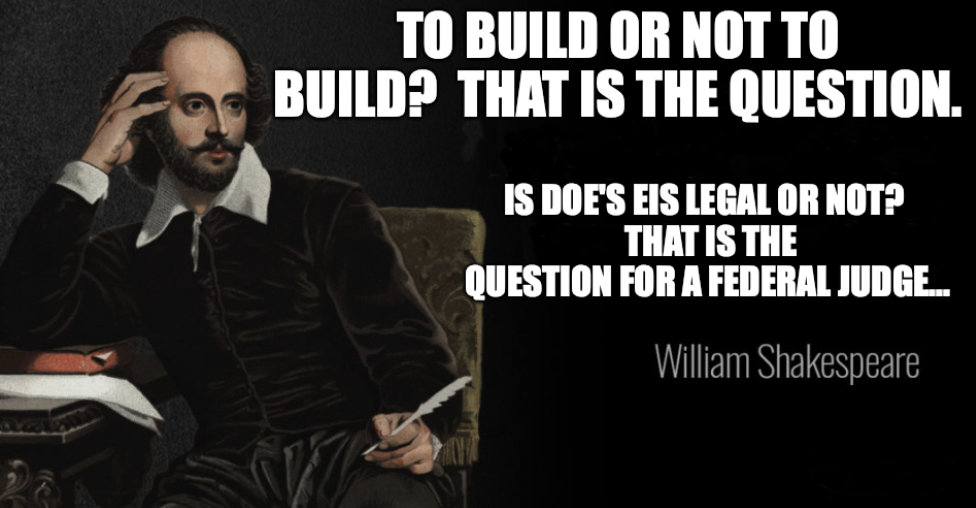
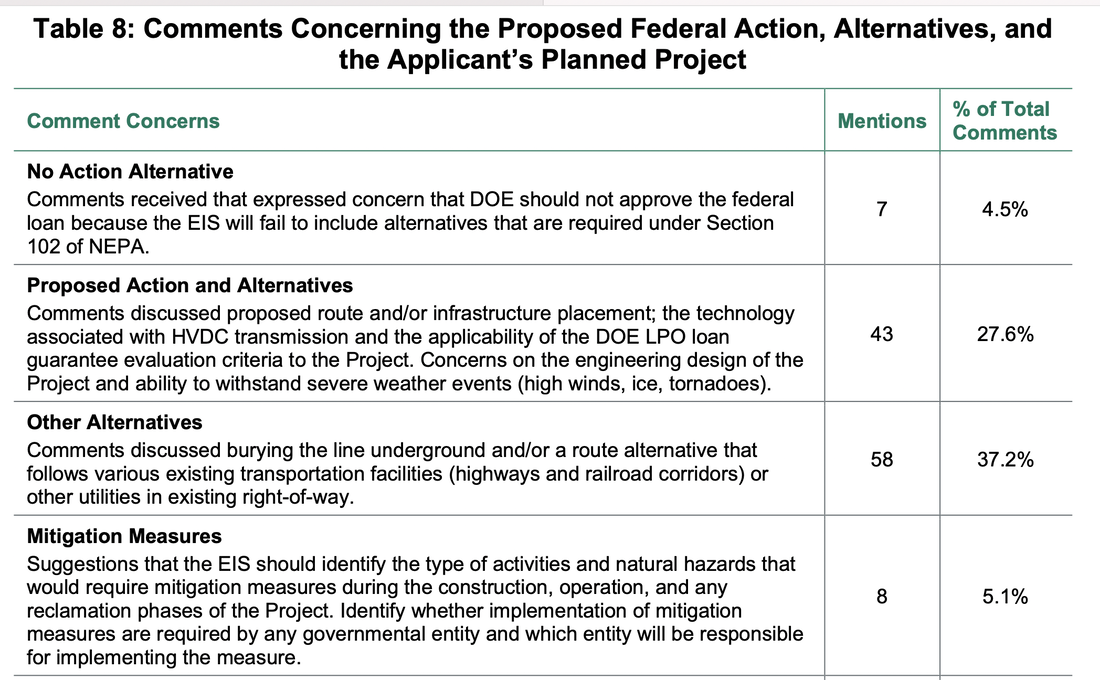
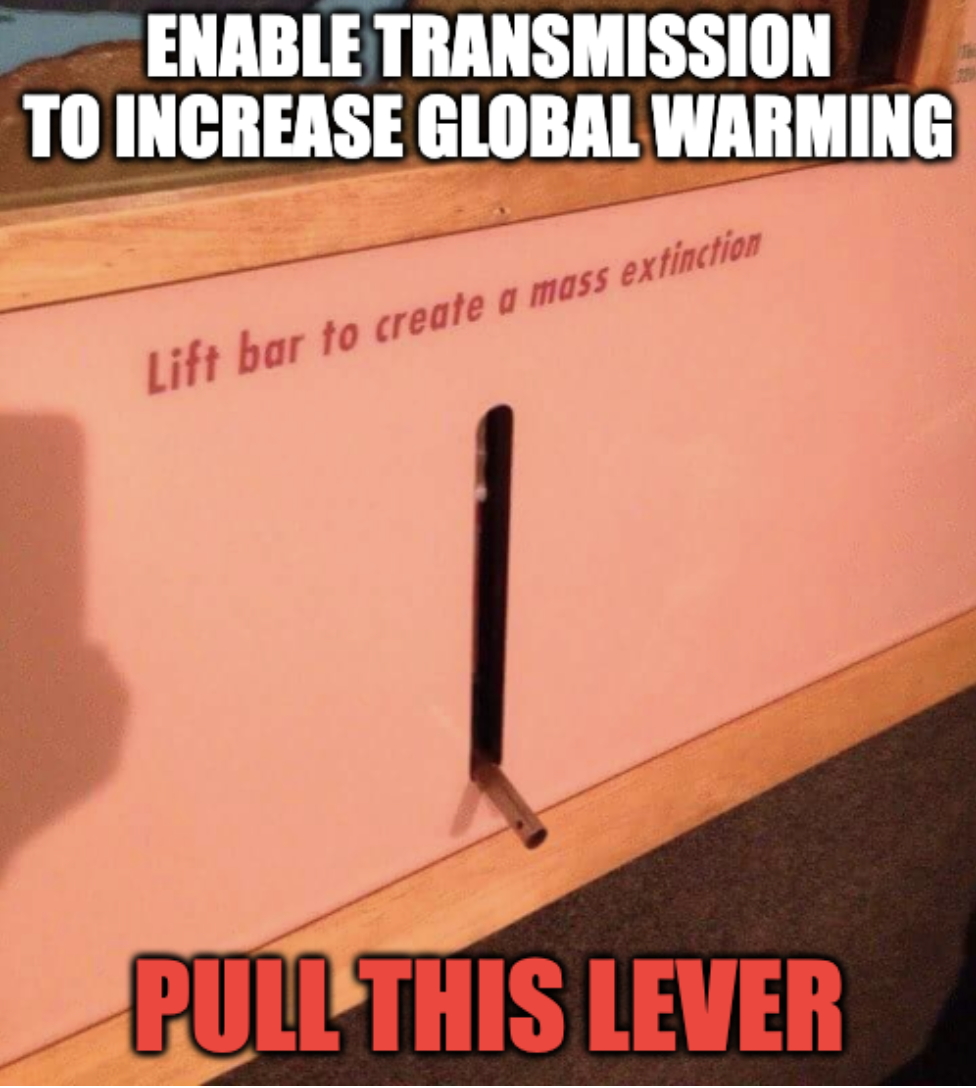
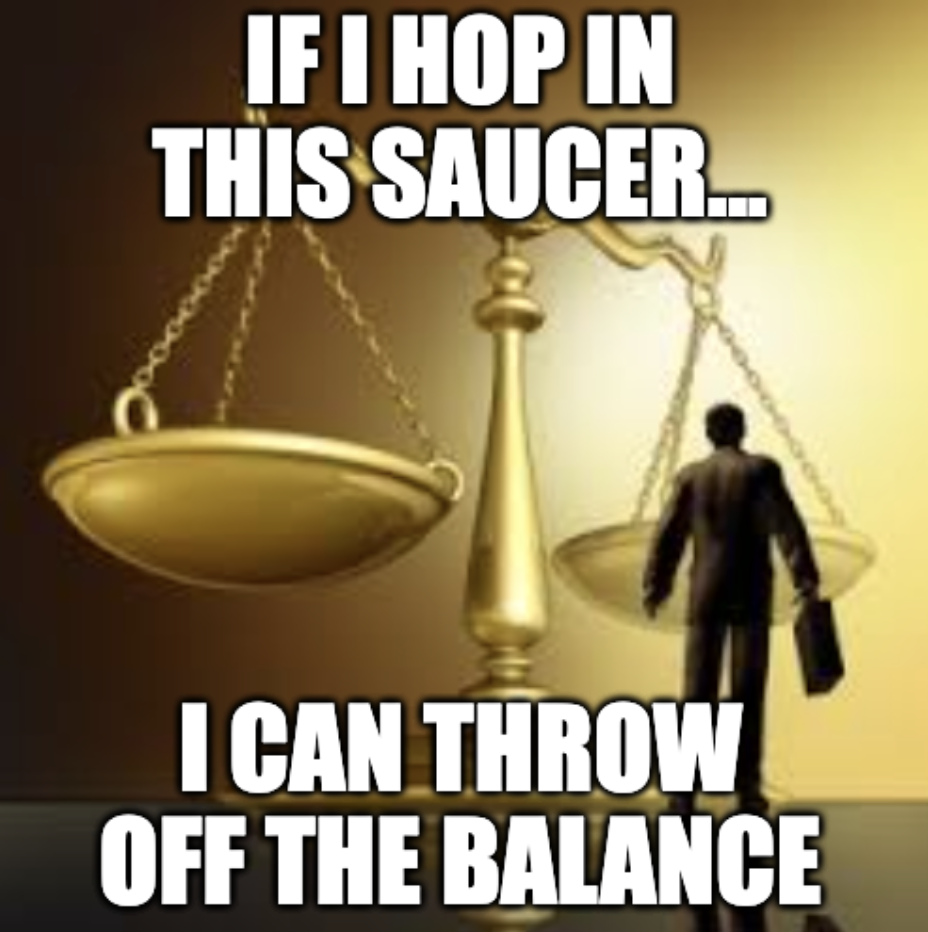
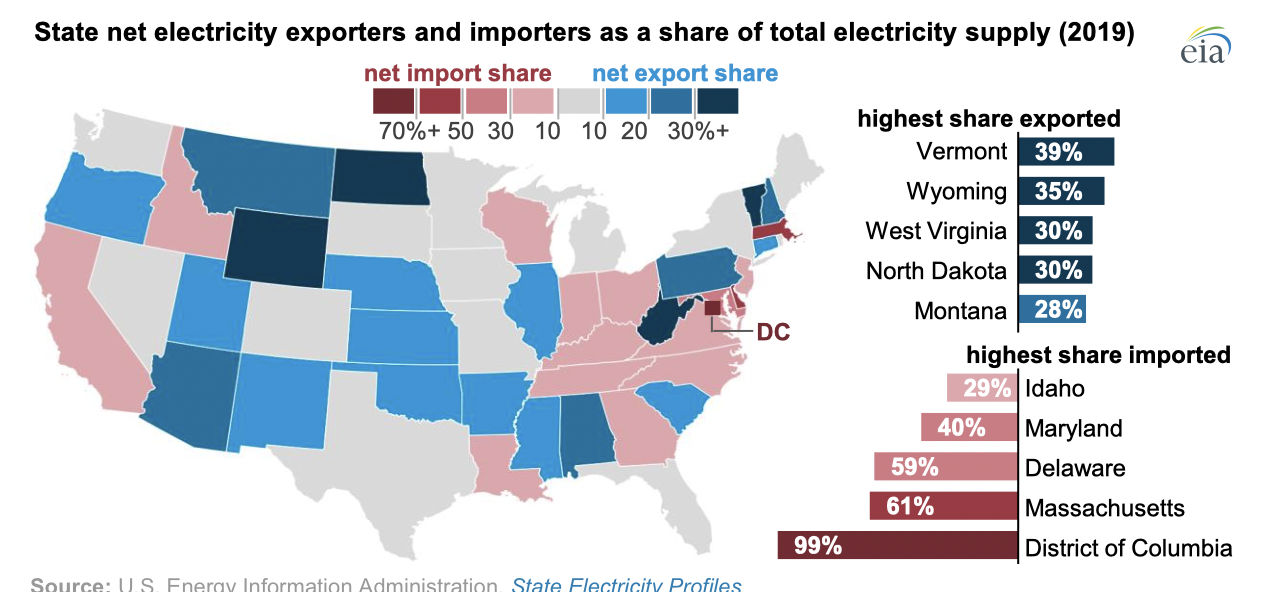
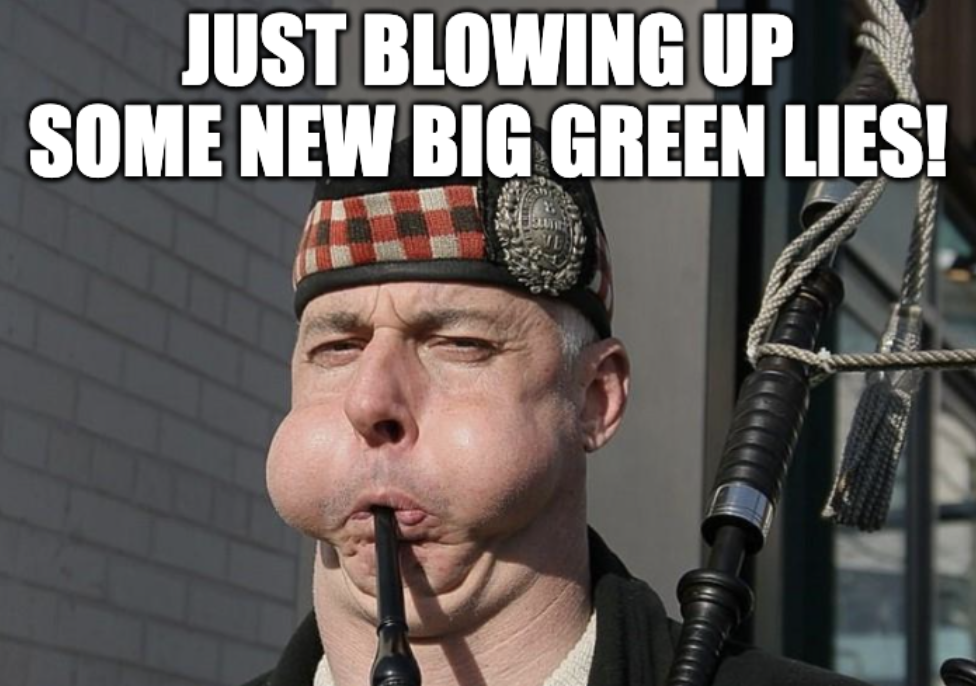
 RSS Feed
RSS Feed